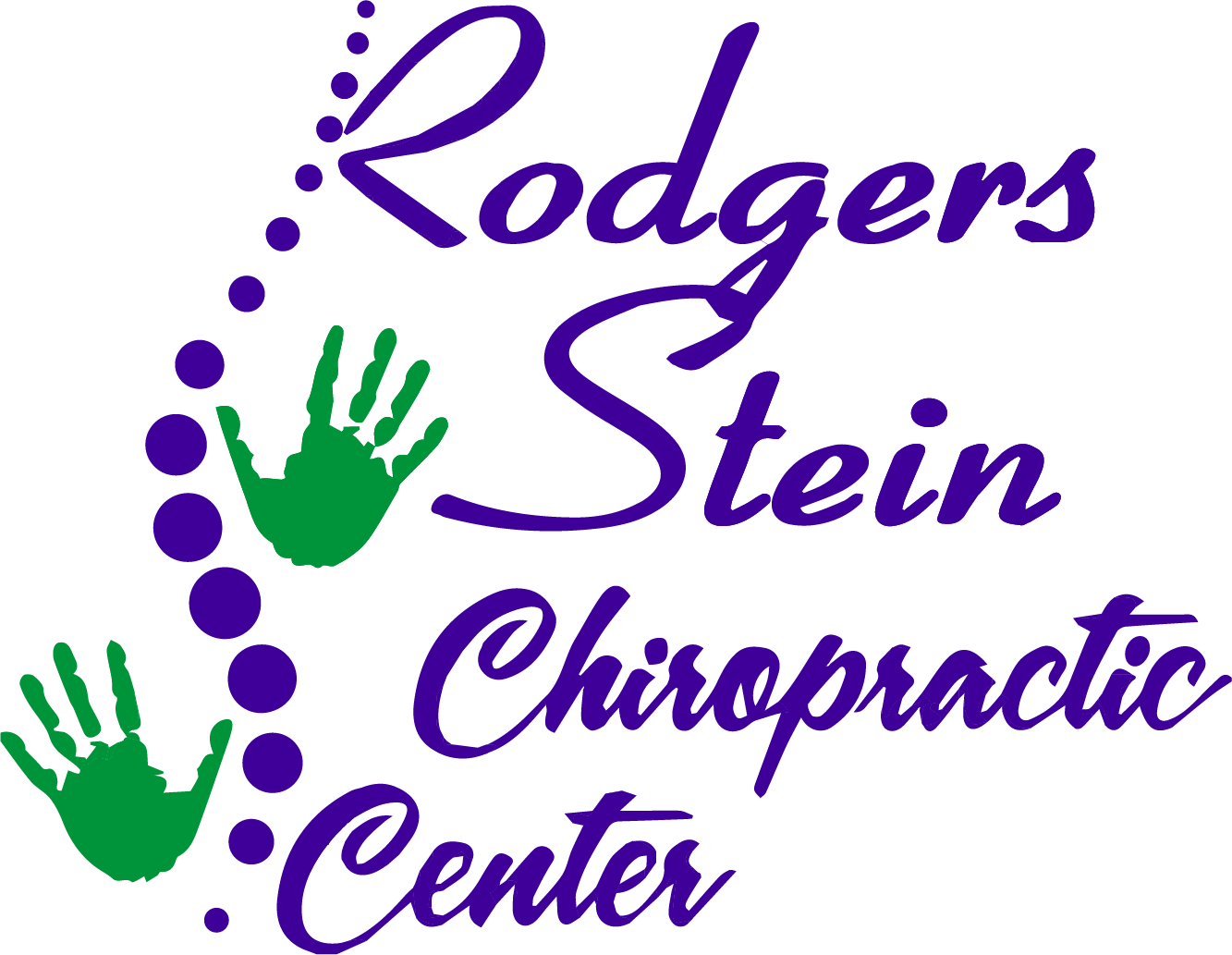You might wonder why so many athletes are turning to this unique injury treatment. It's not just the combination of traditional methods and cutting-edge technology; it's the personalized care that sets it apart. Athletes are experiencing faster recoveries and enhanced performance through approaches tailored specifically to their needs. But what exactly makes this method so effective? And how does it compare to the treatments you might already be familiar with? The answers could change your perspective on injury recovery.
Overview of the Treatment
Understanding the treatment options available for athletic injuries is fundamental for recovery. When you experience an injury, it's significant to know that various methods can help you return to your sport safely and effectively. Common treatments include rest, ice, compression, and elevation, often referred to as the RICE method. This approach helps reduce swelling and alleviates pain, promoting the healing process.
In addition to RICE, physical therapy plays an important role in recovery. A physical therapist can design a personalized rehabilitation program that focuses on strengthening your injured area and restoring your range of motion. This tailored approach guarantees that you regain your strength and flexibility, crucial for returning to peak performance.
Another treatment option you might consider is the use of anti-inflammatory medications. Over-the-counter options, like ibuprofen or naproxen, can help manage pain and inflammation, allowing you to engage in rehabilitation exercises more comfortably. However, it's important to consult with a healthcare professional before starting any medication to confirm it's appropriate for your specific situation.
For more severe injuries, you may need advanced treatments like corticosteroid injections or even surgery. These options are typically reserved for cases where conservative measures haven't provided relief.
Throughout your recovery journey, communication with your healthcare team is crucial. You'll want to guarantee you're following the best course of action for your unique injury, allowing you to return to your athletic pursuits as quickly and safely as possible.
Scientific Basis and Research
Research into athletic injury treatment reveals a complex interplay of biology, mechanics, and rehabilitation strategies. Understanding how injuries occur at a biological level is key. For instance, muscle strains and ligament tears involve the disruption of tissue fibers, which can trigger inflammatory responses. This inflammation is your body's natural way of signaling for repair, but it can also lead to pain and swelling that hinder recovery.
Mechanically, the treatment focuses on restoring ideal function. Studies show that proper alignment and biomechanics can greatly reduce the risk of re-injury. By addressing faulty movement patterns, you can enhance your performance and prevent future issues. Techniques such as manual therapy and targeted exercises are often employed to correct these patterns.
Research also highlights the importance of tailored rehabilitation strategies. Individualizing treatment plans based on specific injuries, recovery timelines, and personal goals can lead to better outcomes. Evidence-based practices, like progressive loading and functional movement assessments, guarantee that you're not just healing but also regaining strength and stability.
Emerging studies are increasingly exploring the effects of technology, such as wearable devices, on injury recovery. These tools can provide real-time data on your movement patterns and physiological responses, allowing for more precise adjustments in your treatment regimen.
Benefits for Athletes
Athletes experience numerous benefits from effective injury treatment, both physically and mentally. When you receive the right care, you can recover faster, which means you'll be back in the game sooner. This speedy recovery not only helps you regain your peak performance but also reduces the risk of re-injury. Knowing you're taking proactive steps toward healing can alleviate the stress and anxiety that often accompany injuries.
Moreover, effective injury treatment can enhance your overall performance. By addressing underlying issues and improving your body's mechanics, you'll find yourself moving more efficiently, which translates into better results on the field or court. This improvement can boost your confidence, allowing you to push your limits without the fear of setbacks.
Another key benefit is the personalized approach many injury treatments offer. You'll receive tailored strategies that specifically cater to your unique needs, helping you understand your body better. This education empowers you to take charge of your recovery and future performance.
Lastly, effective injury treatment fosters a sense of community and support. Being part of a program that's trusted by other athletes can motivate you to stick to your rehabilitation plan. You'll share experiences, learn from one another, and build resilience together.
Success Stories and Testimonials
You'll be inspired by the incredible recovery journeys of athletes who've faced serious injuries and come back stronger than ever.
Their testimonials highlight not just the effectiveness of treatment but also the determination that drives them.
Let's explore these real-life experiences that showcase the power of resilience in sports.
Inspiring Recovery Journeys
Recovery from an injury can feel like an uphill battle, but countless success stories showcase the resilience of those who've faced these challenges head-on.
You might be inspired by stories like that of an elite sprinter who, after a devastating hamstring tear, turned to this unique treatment. Within weeks, he regained his strength and returned to the track, breaking personal records in no time.
Then there's the tale of a professional soccer player who struggled with chronic knee pain. Frustrated with traditional therapies, she sought out this innovative approach. The results were astounding—her pain diminished remarkably, allowing her to play at a level she thought was lost forever.
And don't forget the weekend warrior who thought his career was over after a serious ankle injury. With determination and the right treatment, he not only recovered but also completed a marathon just months later.
These journeys show that recovery is possible, often exceeding expectations. Your story could be next. By embracing this unique injury treatment, you're not just healing; you're writing your own success story.
Athletic Endorsements and Experiences
Many athletes have found their voices through endorsements and testimonials, sharing how unique treatments transformed their careers. You might be surprised by the impact these experiences have had on their lives and performance.
Here's a glimpse into why athletes trust these treatments:
- Rapid Recovery: Many athletes report returning to their sport faster than expected.
- Increased Mobility: Improved range of motion is a common theme, allowing athletes to perform at their peak.
- Pain Management: Effective relief from chronic pain helps athletes focus on training and competition.
- Enhanced Performance: Many endorse these treatments for the noticeable boost in their overall performance.
Athletes like you have shared their success stories, emphasizing how these unique treatments address their specific needs.
Testimonials reveal a strong community of support, where you can learn from others' experiences. From professional leagues to local sports teams, the endorsements highlight a growing trust in these innovative methods.
Comparison to Traditional Methods
When comparing modern injury treatment methods for athletes to traditional approaches, you'll find significant differences in effectiveness and recovery times. Traditional methods often rely on rest, ice, compression, and elevation (RICE), which can be helpful for initial injury management. However, these techniques often overlook the underlying issues that contribute to recurring injuries.
In contrast, modern treatments utilize advanced technologies and methods, such as regenerative therapies, which focus on healing tissues at a cellular level. Techniques like platelet-rich plasma (PRP) therapy and stem cell treatments actively promote recovery by stimulating the body's natural healing processes. Athletes using these innovative methods often report quicker return-to-play times, allowing you to regain your competitive edge faster.
Furthermore, traditional methods typically emphasize passive treatment, where the athlete is less involved in their recovery. You might find yourself waiting for an injury to heal rather than actively participating in your rehabilitation.
Modern treatments, however, encourage active participation, integrating exercises and therapies that strengthen and rehabilitate the injured area while preventing future injuries.
Another key difference is in the personalization of treatment. Traditional methods often apply a one-size-fits-all approach, but modern methods are tailored to your specific needs and conditions. This personalized treatment not only enhances recovery but also boosts your confidence in returning to sport, knowing you've received the best care available.
Ultimately, the shift from traditional to modern injury treatment offers athletes a more effective and efficient path to recovery.
Role of Healthcare Providers
When it comes to treating injuries, healthcare providers bring invaluable expertise in sports medicine.
They create personalized treatment plans that cater to your specific needs and goals as an athlete.
Understanding their role can greatly enhance your recovery and performance.
Expertise in Sports Medicine
Expertise in sports medicine is essential for ensuring athletes receive the best possible care during their recovery. When you're dealing with an injury, having knowledgeable healthcare providers can make all the difference. Their specialized skills help you navigate the complexities of sports-related injuries, enabling a faster and safer return to your sport.
Here's why their expertise matters:
- Injury Assessment: They can accurately diagnose your injury, determining its severity and the appropriate course of action.
- Rehabilitation Strategies: With a solid background in sports medicine, they design effective rehab programs tailored to your specific needs, ensuring you regain strength and flexibility.
- Injury Prevention: These experts provide guidance on techniques and training regimens that can help reduce the risk of future injuries.
- Performance Optimization: Their knowledge extends beyond recovery, as they can recommend strategies to enhance your overall performance and longevity in your sport.
Personalized Treatment Plans
Personalized treatment plans are essential for effective injury recovery, ensuring that each athlete receives care tailored to their unique needs. When you're injured, a one-size-fits-all approach just won't cut it. That's where healthcare providers come in, crafting strategies that consider your specific injury, fitness level, and sport.
Your treatment plan might incorporate a mix of physical therapy, strength training, and rehabilitation exercises designed just for you. This individualized approach not only speeds up recovery but also minimizes the risk of re-injury.
Your healthcare provider will assess your progress regularly, making adjustments as needed to optimize results. Communication plays a key role in this process. You'll share your goals, concerns, and any feedback about how you're feeling. This helps your provider fine-tune your plan, ensuring it aligns with your aspirations and lifestyle.
Ultimately, personalized treatment plans empower you to reclaim your athletic performance while keeping you engaged in your recovery. Trust in your healthcare provider's expertise, and you'll find that this tailored approach can make all the difference in getting you back in the game stronger than ever.
Accessibility and Cost
Accessing quality injury treatment is essential for athletes, yet many face barriers due to high costs and limited availability.
You might find it frustrating when the treatment you need isn't within reach. Fortunately, there are options designed to improve accessibility and affordability, ensuring you get the care necessary to recover effectively.
Here are four key factors that enhance the accessibility and cost-effectiveness of injury treatment:
- Insurance Coverage: Many treatments are covered by insurance policies, reducing out-of-pocket expenses. It's vital to check your policy to see what's included.
- Community Resources: Local clinics and sports organizations often offer affordable treatment options, sometimes even free workshops or assessments. These resources can provide essential care without breaking the bank.
- Telehealth Services: Virtual consultations have made it easier than ever to access professional advice from the comfort of your home. This not only saves time but can also lower costs associated with in-person visits.
- Payment Plans: Some treatment facilities allow you to set up payment plans, making it easier to manage expenses over time. This flexibility can help you prioritize your recovery without financial strain.
Potential Risks and Considerations
Steering through injury treatment can come with its own set of potential risks and considerations, especially for athletes enthusiastic to return to their sport. While new treatments can offer promising results, it's important to understand that not all methods work the same for everyone. You might experience varied responses to treatments, and what helps one athlete could aggravate another's condition.
One significant risk is the potential for over-reliance on certain therapies. If you trust a treatment too much, you might neglect other important aspects of recovery, such as proper rest and rehabilitation exercises. This could lead to setbacks in your healing process.
Additionally, some alternative treatments lack thorough scientific backing, which means their effectiveness and safety mightn't be fully established. It's critical to approach these options with caution and seek advice from qualified professionals.
Furthermore, there's the possibility of experiencing side effects from certain treatments. Whether it's discomfort from injections or reactions to topical solutions, you need to be prepared for the unexpected. Always communicate with your healthcare provider about any concerns you have.
Lastly, rushing back into sport before you're fully healed can result in re-injury or chronic issues. It's important to balance your enthusiasm with the discipline to follow through with a thorough recovery plan.
Future of Injury Treatment in Sports
The landscape of injury treatment in sports is rapidly evolving, thanks to advancements in technology and a deeper understanding of biomechanics.
As an athlete, staying ahead of the curve can make a significant difference in your recovery and performance. Here's what you can expect in the future of injury treatment:
- Telemedicine: Expect remote consultations with specialists who can assess your condition and recommend personalized treatment plans, all from the comfort of your home.
- Wearable Technology: Devices that monitor your biomechanics in real-time will help prevent injuries before they happen. These smart wearables will provide immediate feedback on your movements.
- Regenerative Medicine: Techniques like stem cell therapy and platelet-rich plasma (PRP) treatments are becoming more mainstream, allowing your body to heal itself more effectively and quickly.
- Virtual Reality (VR) Rehabilitation: Using VR in rehab can make your recovery process more engaging and tailored. You'll be able to simulate game scenarios, helping you regain confidence and performance levels faster.
With these innovations, the future of injury treatment isn't just about healing but optimizing your athletic potential.
You'll have access to personalized, efficient, and effective treatments that cater specifically to your needs. Embracing these advancements won't only help you recover but also enhance your overall performance in your sport.
Conclusion
Ultimately, you can see why athletes trust this unique injury treatment. Its personalized approach, backed by scientific research and advanced technology, offers tailored care that promotes faster recovery and improved performance. With success stories highlighting its effectiveness and a focus on preventive measures, this method stands out from traditional treatments. As the future of injury treatment continues to evolve, you can feel confident knowing there's a reliable option to support your athletic journey.



